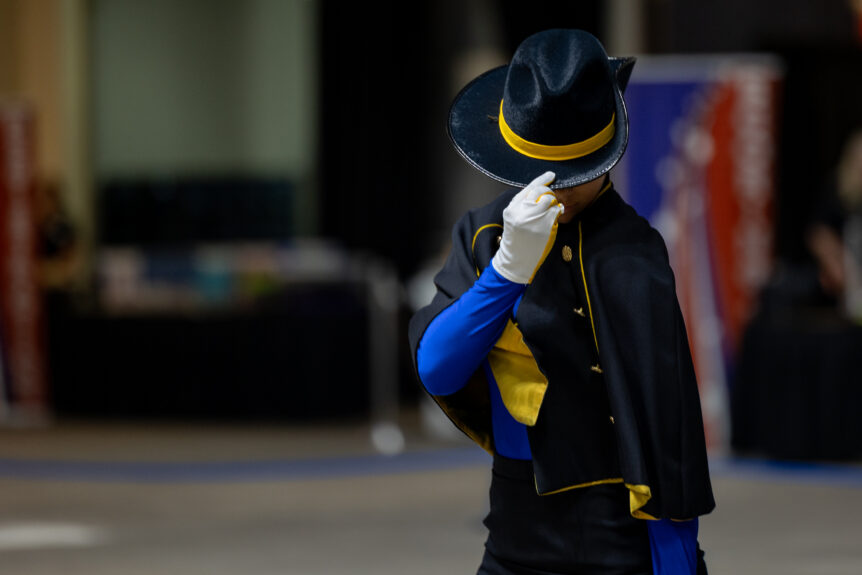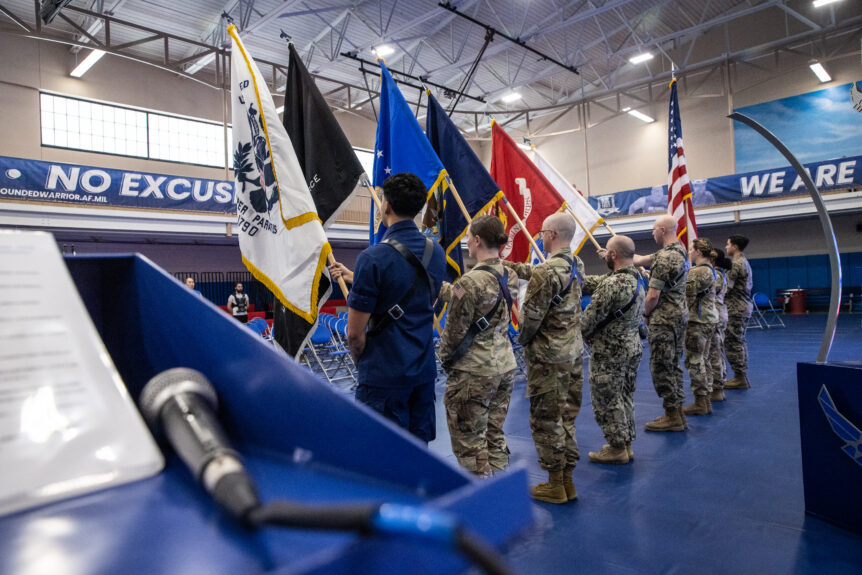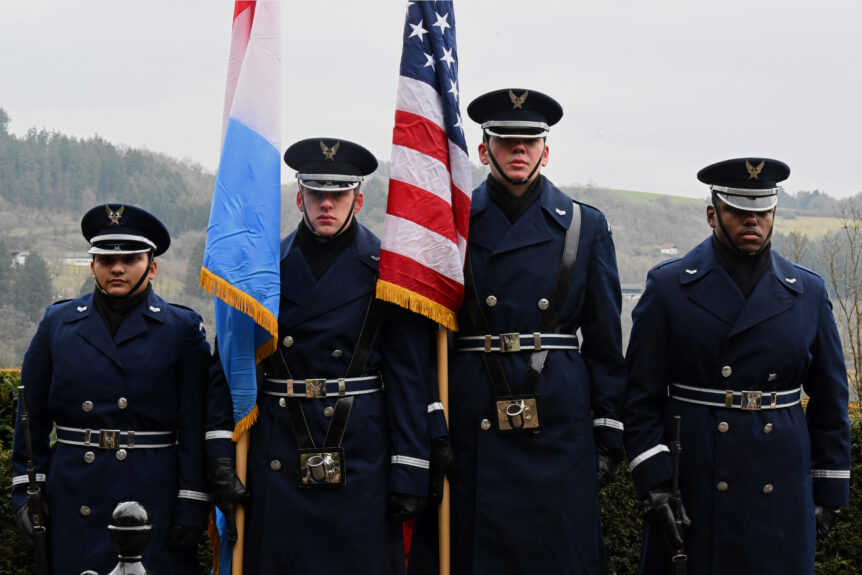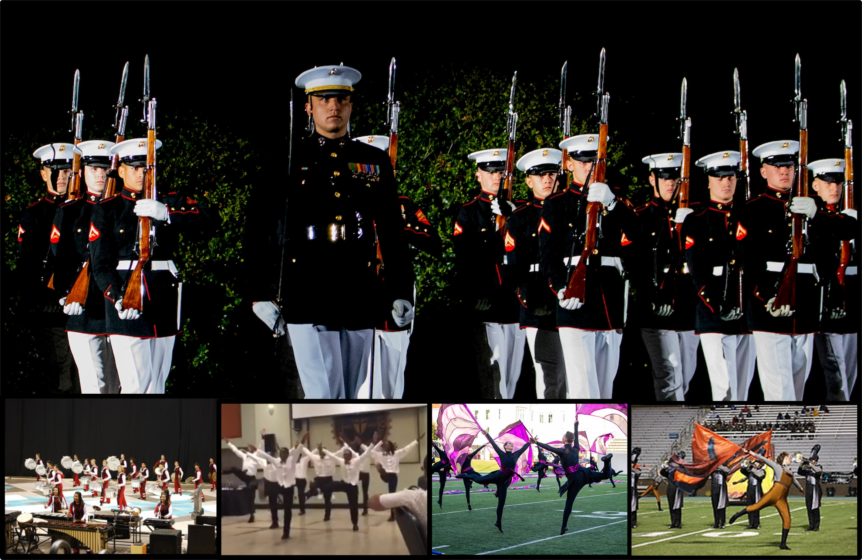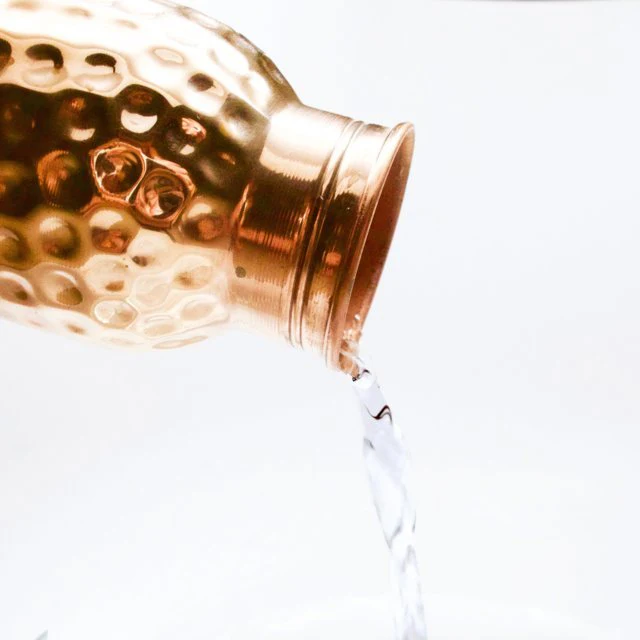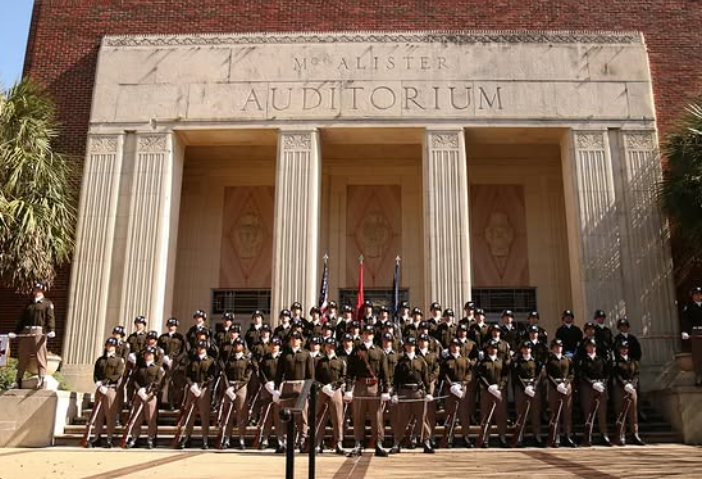What is it that makes a routine grab the audience by the eyeballs and yell at them, “Don’t miss this or you’ll regret it!” Audience engagement, my friends, audience engagement. What is it and how do you get some?
Parading vs Presenting or Posting the Colors
There seems to be confusion on the announcements or commands to present and post the colors. Let’s iron that out.
The Wear of Hats
The issue is that the service drill and ceremonies manuals do not specifically state that a color guard must be covered (wear their headgear: hats, helmets, or berets) all the time when presenting the colors. In this article, I go over the standards of being covered and when we can remove the cover.
Color Guards Overseas and the Foreign National Color
This information affects all bases overseas for all services. The photo at the top of the page is from 2025 of the Spangdahlem Air Base Honor Guard color guard in Luxembourg for the celebration of the liberation of Vianden with the wrong colors in the wrong positions. When my wife and I were stationed at Spang, I did this very …
Guidance for the Outdoors POW/MIA Hat Table Ceremony
There is the idea that the POW/MIA hat table or Missing Man ceremony should be brought outside for any remembrance ceremony.
Are You Part of the Problem? Adults in Cadet Programs
This message is for all adults involved in cadet programs. It’s time to take a hard look at ourselves and confront some uncomfortable truths.
The Correlation Between Military Exhibition Drill and Dance, Step, etc.
The correlation between dance, other performance activities, and unarmed/armed military exhibition drill (UXD/AXD) is strong, as these disciplines emphasize precision, rhythm, coordination, and expression.
Being “Salty” – The Benefits of Salt in Your Diet
My suggestions here are based on my research and anecdotal evidence, I am not giving medical advice, just passing along what has worked for me.
The Inconsistency of Two Panels of Judges
Time and space. Drill competitions across the country are underway each school year. School campuses are taken over for one day out of the year with different drill decks on various grassy fields, the football field, and even inside the gym and field house.
Countermarch For a Five-Man Color Guard?
Let’s talk about Countermarch and the Wheel for a 5-man color guard for the Marine Corps, Navy, and Coast Guard. The Photo at the top of the page shows a color guard with Marine Forces, Europe and Africa, retire the colors during an Assumption of Command Ceremony MarForEURAF at Panzer Kaserne, Stuttgart, Germany. There are big problems in the photo. …

